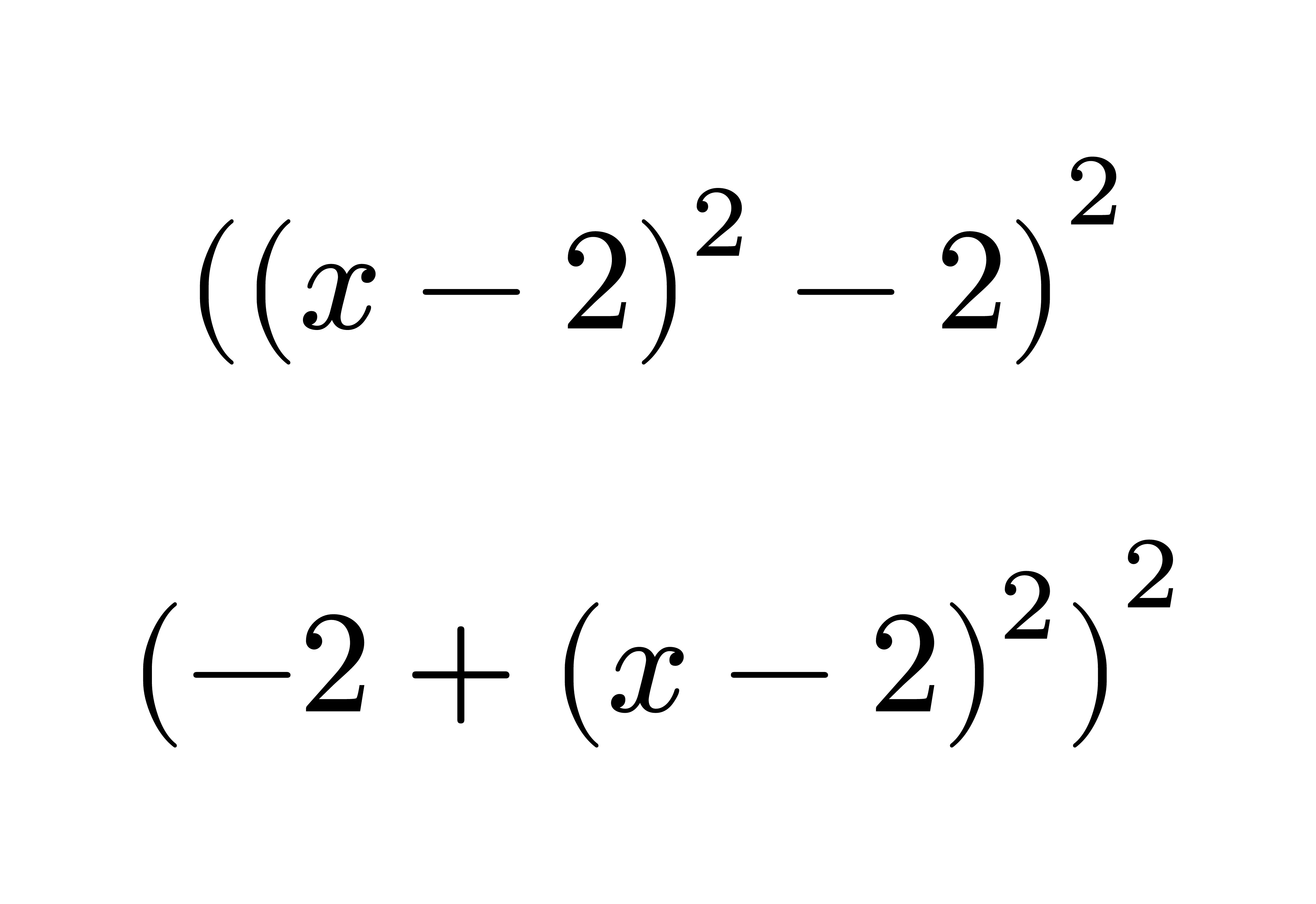There’s quite a bit happening “behind the scenes”, and so I think explaining what’s actually happening in the code might make things clearer.
When delimiters are automatically matched, what this really means is that an implicit math.lr function call is created, with the size set to auto. e.g.
$((...((x - 2)^2 - 2)^2... - 2)^2)$
gets turned into
$lr((lr((...lr((lr((x - 2), size: #auto)^2 - 2), size: #auto)^2... - 2), size: #auto)^2), size: #auto)$
(technically these aren’t equivalent, but that doesn’t matter here).
Now the size of auto means that the compiler stretches the delimiters to the total height of the contents in the lr function call’s body. When you use a relative size, like 100%, this is relative to the aforementioned auto size calculated. So the set rule #set math.lr(size: 100%) won’t do anything, as you’re telling it to set the size to be 100% of the automatic size!
Regarding the incorrect looking superscript position when using #set math.lr(size: 1em), this isn’t really a bug. Like with the automatic delimiter matching, when you write the superscript ...^2 an implicit math.attach function call is created. The expression preceding the ^2 is wrapped into the base of the attach function call. e.g.
$lr((lr((...lr((lr((x - 2), size: #auto)^2 - 2), size: #auto)^2... - 2), size: #auto)^2), size: #auto)$
becomes
$lr((attach(lr((...attach(lr((attach(lr((x - 2), size: #auto), tr: 2) - 2), size: #auto), tr: 2)... - 2), size: #auto), tr: 2)), size: #auto)$
The position of the scripts is calculated based on the total height of the base in the attach function call. So when using #set math.lr(size: 1em), the height of the body in the attach calls isn’t changing, despite the brackets no longer scaling. Thus, the superscript positions don’t change and end up looking incorrect.
I wouldn’t consider this a bug because the intended output is unclear. Consider the example below:
#set math.lr(size: 1em)
$ ((x - 2)^2 - 2)^2 $
$ (-2 + (x - 2)^2)^2 $

The outer attach’s base in each equation have the same height. But while in the first equation it would make sense for the superscript to be lower, in the second it isn’t so clear. How should the compiler infer the height relative to which the superscript positioning is done? At what distance from the superscript should it decide to no longer include that element’s height in the positioning? More on this at the end.
As @ludwig said, the correct way to do this is to escape the brackets, ensuring the implicit lr isn’t created. By escaping the brackets, this also means the body of the attach function call is just the bracket itself. So you end up getting the correct superscript positions.
The original behaviour desired, not wanting the delimiters to get larger, is part of https://github.com/typst/typst/issues/360 in my opinion. The crux of that issue is solving how the interactions between delimiters and the rest of math (attachments, etc.) should work when we prefer the height of the delimiters over the height of the body within it (and when this should even happen!). Implementing this is quite tricky, as well as figuring out clear rules for the behaviour. It’s a tough problem to solve, but doable I think.


